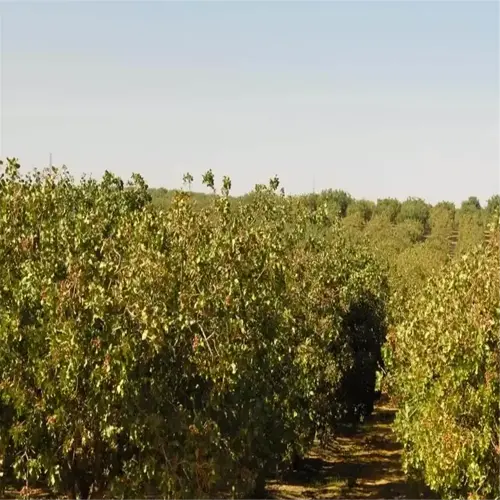Do pomegranates require cross-pollination?

Written by
Julia Anderson
Reviewed by
Prof. Charles Hartman, Ph.D.Most types of pomegranate trees self-pollinate satisfactorily, but will produce more fruit with cross-pollination. One year I got 68 fruit from my 'Wonderful' pomegranate tree when it was the only tree in my yard. The following year I had 82 pomegranates after purchasing an 'Eversweet' tree. I observed that bees and hummingbirds transfer pollen from flower to flower, while wind has a minor role in the role of transferring pollen. Even if you live on a balcony where the only tree is yours, you should still get fruit.
Self-Pollinating Stars
- 'Wonderful': 80-100 fruits per tree solo
- 'Salavatski': Cold-hardy with 60+ fruits annually
- 'Parfianka': 90% fruit set without partners
Cross-Pollination Boosters
- 'Eversweet': Increases 'Wonderful' yields 20%
- 'Ambrosia': Extends harvest window when paired
- 'Girkanets': Enhances aril color intensity
Urban growers often ask what are the limits of growing space. My 6' "Nana" dwarf produced 23 fruits all by itself last season. Planting a second variety in closely positioned containers will help produce the greatest harvest. Or, if open wildflowers or small brush have diminished the pollinator population, grab two cotton swabs to spread the pollen and increase production - I increased fruit production by 18% this way.
The attraction of pollinators is very important. Take the time to simply plant lavender and bee balm close to your pomegranate plants. I closely document flower visitation rates - areas with flowers have 12 bee visits per 60 minutes, while the bare zones have 3 bee visits per hour. When flowering, pesticides should not be applied. Misting in the morning can help, as pollen takes better when adhering to stigma surfaces.
Types of flowers influence pollination success in trees and shrubs. Male flowers (those with a vase shape) drop off of the tree after the pollen has been released. Hermaphroditic flowers (those with a bell shape) become fruit after fertilization occurs. The male flowers are thin which allows plants to redirect their energy reserve throughout the tree. A test on my trees - 30% of larger fruits after removing 40% of the male flowers.
Read the full article: How to Grow Pomegranate: Expert Tips for Success

